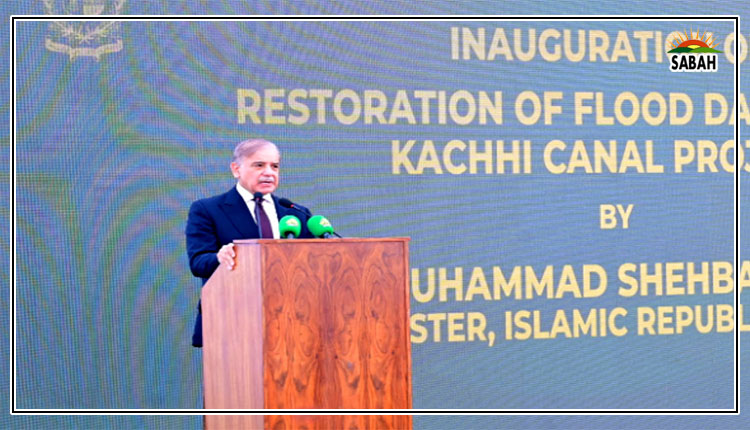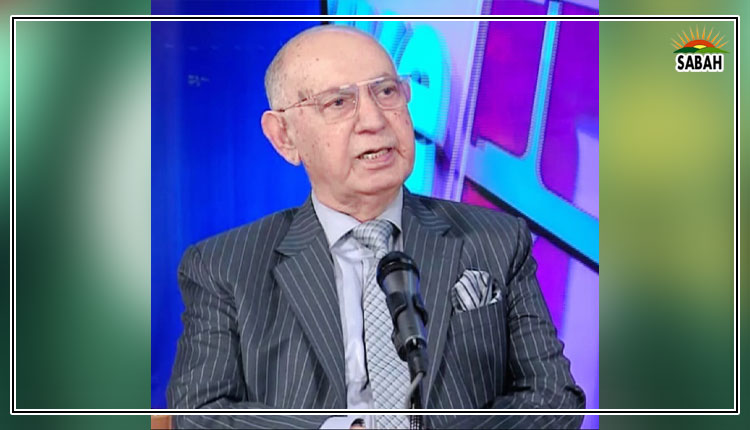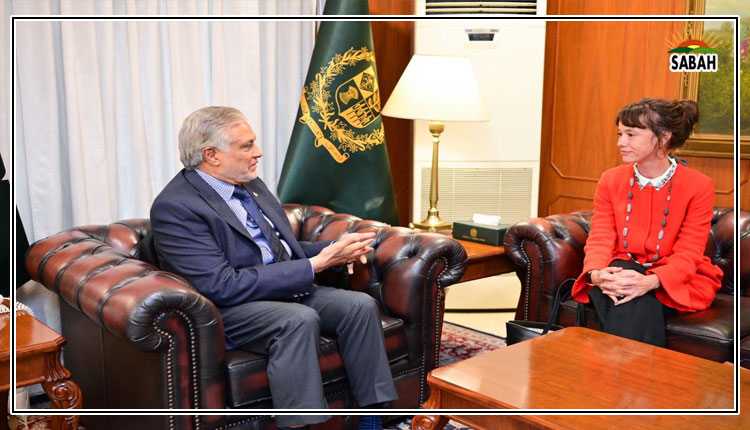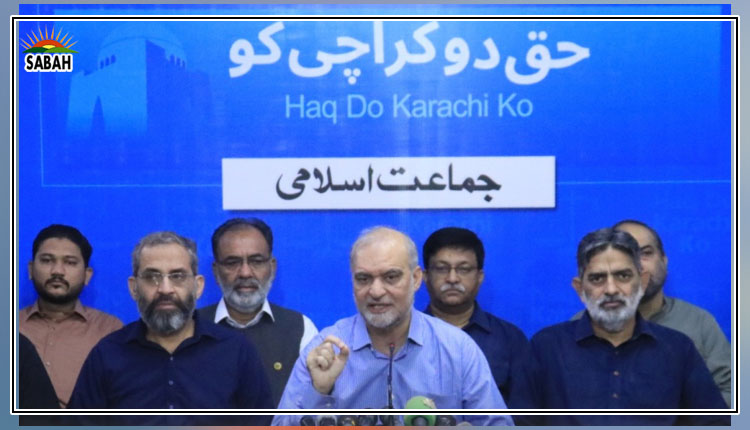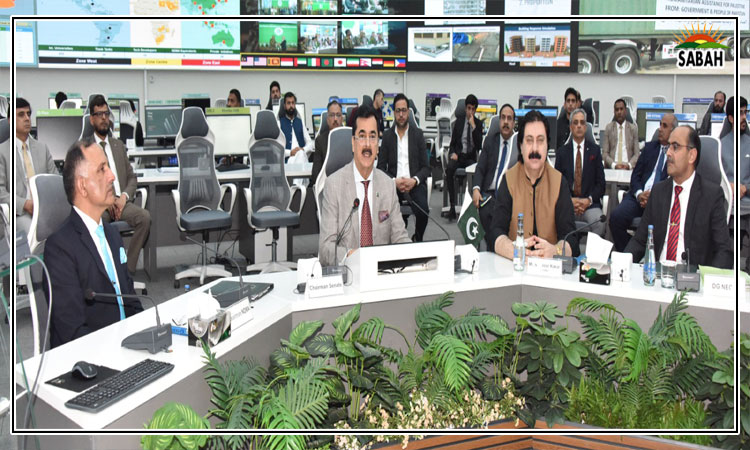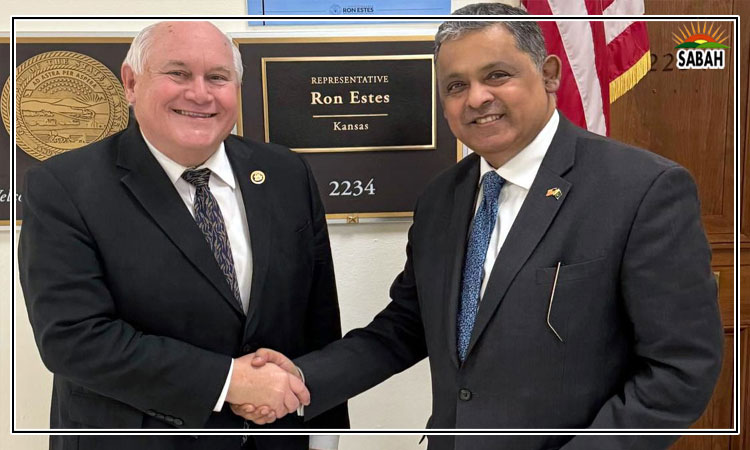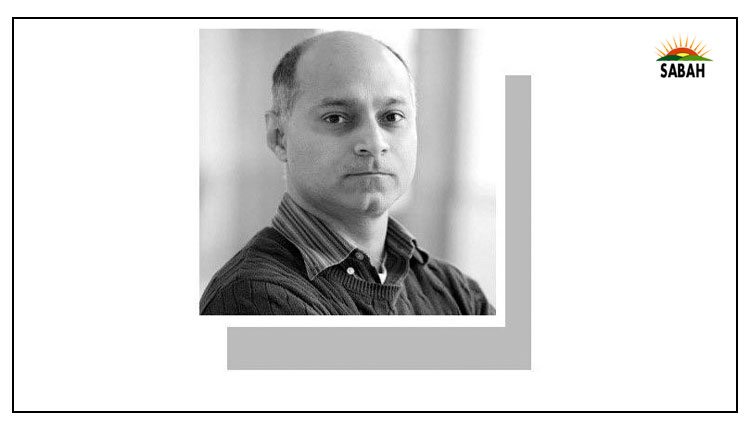People vs the system ….. Khurram Husain
MUCH will be written about the budget’s specifics, but there is something else on my mind this year. This budget marks nearly a quarter century of back-to-back, virtually nonstop IMF programmes that Pakistan has been on. This means for 25, or a quarter of a century now, we have had a near continuous run of austerity as national economic policy, with the exception of three brief spurts of short-lived growth in between. And even those were fuelled by external, debt-creating inflows.
We could take this story further back perhaps. But the year 2000 forms a good cut-off point because it also saw the implementation of a tough IMF Stand-by Arrangement, the same as the one today, following months of a troubled programme. The outlines of that programme, as well as each one that followed, were the same. So the wheel has turned full circle from that point — a short and tough stand-by, followed by a longer and more sustained Extended Fund Facility, and today, we stand in the same moment we were in the summer of 2001.
A quarter of a century of back-to-back IMF programmes and their attendant austerity measures have left the country deeply scarred. Twenty-five budgets have come and gone between then and now. Yet like then, the weight of our external debt, the narrowness and rigidity of the state’s revenue base, its ailing and dilapidated power system, burgeoning population of barely literate and poorly nourished youth, and deteriorating social indicators have all taken a toll.
Today, economic policy in Pakistan consists of scrambling to meet IMF targets to pass the next review. All else is fluff. The only thing that matters in the budget is things like the targets on the primary deficit, revenues, size of the PSDP, the external financing assumption in the resource envelope and perhaps a glance through the various items from where the expenditure restraint will be obtained. There is not now, nor has there been in the past 25 years, any budget that sought to radically change anything.
Today, economic policy in Pakistan consists of scrambling to meet IMF targets to pass the next review. All else is fluff.
The results are there to see in the Economic Survey released earlier this week. Take a quick glance at the social indicators. Here is what you will find.
In the 1980s, there were 1,084 people per primary school in Pakistan. Today, that figure has risen to 1,500. Likewise for secondary schools. There were 14,161 people per middle school in the 1980s, but by now, that figure has crossed 50,000. And the picture is even more dismal for high schools. In the 1980s, there were 17,833 people per high school in the 1980s, but this figure has risen to 68,413.
This is one example, and a crude measure because it is looking at just the number of schools per population. For a fuller picture, one would obviously have to look at the number of primary schools available for the number of primary school-going age children, and then look at how these are distributed across the country to measure access, and then assess quality of education being imparted. None of those figures are available in the Economic Survey sadly.
But for now, a crude picture will do because the larger point remains the same. The number of children that need to be served with a primary and secondary education has risen, but the ability of the country’s educational system to serve this need has fallen. Half a century later, the country is not only struggling to carry its debt burden and raise the resources required to pay for its government, it is also struggling to educate its next generation and equip them with the most basic skills required to be productive citizens of a modernising country.
The situation is no different in the health sector. In the 1980s, for example, there were 147,926 people per hospital in the country. By 2023, that figure had risen to 188,000.
Now consider this. These figures should be moving in the opposite direction. We should be talking about the rate of improvement not being good enough in the social indicators. Instead, we are seeing them deteriorate, year after year, decade after decade.
This endless cycle of austerity followed by credit-induced boom followed by austerity has left a terrible legacy. The worst thing it has done is to pit the people against the system. Every time the system booms, the rich reap the benefits. Every time it busts, and austerity sets in, the people are made to bear the costs. This budget is no different. Neither is the track record of stabilisation that the government is busy congratulating itself over. It is just one more repetition of this cycle.
The system consists of the alliance of state and capital upon which our larger social order rests. It underpins stability and provides the livelihoods that sustain everyone here. But it is predatory in nature, curbs opportunities outside of a small elite group, and survives by appropriating the incomes that ought to have flowed to the poor.
The whole system is animated by a massive funnelling of wealth from the poor to the rich. This flow continues during periods of boom as well as austerity. And the taxation system is designed to facilitate this flow, while much of the property rights regime in the country is designed to facilitate the appropriation of wealth from the poor and funnel it to the rich.
We are now in the third or fourth such cycle since the year 2000. It is hard to be precise because the period is punctuated by three episodes of artificial, credit-induced growth spurts, whose end resulted in a sudden shock to the system, the costs of which fell almost entirely on the poor.
The finance minister spoke of difficult decisions that need to be made to rectify the deficits plaguing the system. For the real difficult decisions, talk to the poor and the lower middle classes and find out how they have coped with the record-high inflation of the past three years.
The writer is a business and economy journalist.
khurram.husain@gmail.com
X: @khurramhusain
Courtesy Dawn, June 13th, 2024


